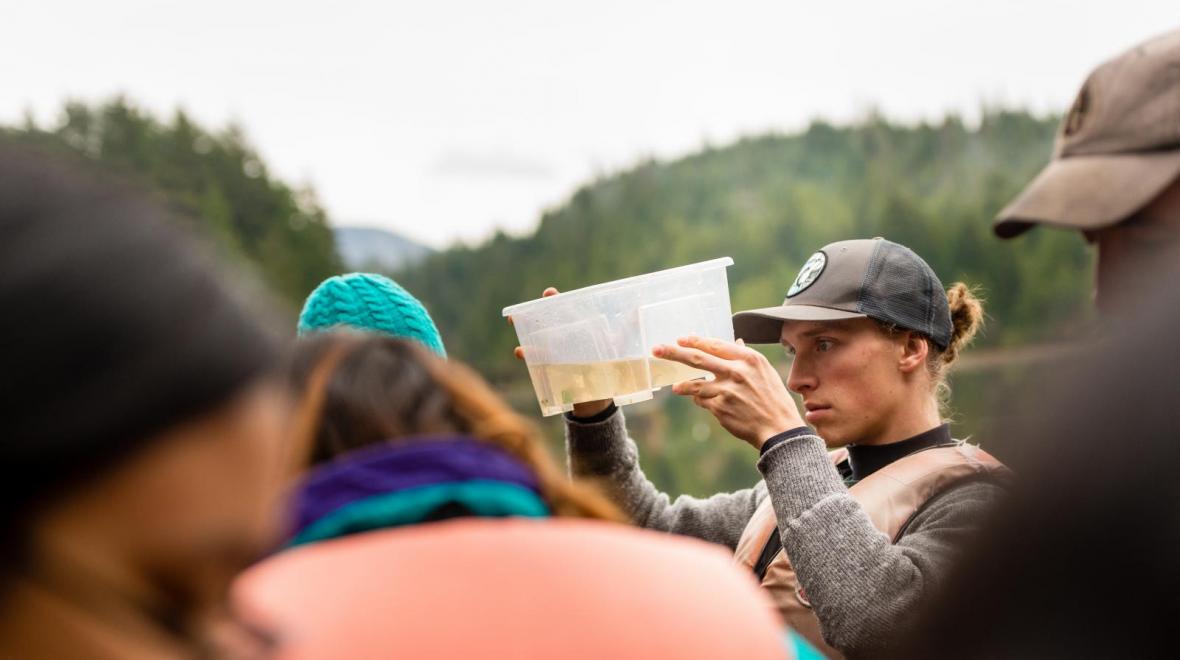
Fri, January 25, 2019 11:00 AM - 12:00 PM AQUATIC ECOSYSTEMS RESEARCH LABORATORY (AERL).
Speaker: Dr. Karyn Suchy Pacific Salmon Foundation Location: AERL Theatre (Rm. 120) The Salish Sea is a highly productive, dynamic coastal ocean with substantial temporal and spatial variability at lower trophic levels (e.g. phytoplankton and zooplankton).
Overview
This variability, in turn, may directly impact resident and migratory fish populations that are of major economic importance in the region. The main goals of this research are to: (i) identify seasonal and interannual patterns of phytoplankton and zooplankton in the Salish Sea by integrating satellite-derived chlorophyll a products with zooplankton data from 2003-2016, and (ii) to use these long-term spatial data to investigate the response of lower trophic levels to different environmental drivers. Ultimately, changes in the spatiotemporal dynamics of these lower trophic levels will provide insight into their influence on the growth, survival, and overall return strength of salmon populations in the region.
Dr. Karyn Suchy is a Research Associate with the Pacific Salmon Foundation. Prior to this, she was postdoctoral researcher in the Department of Geography, University of Victoria in British Columbia, Canada. Her broad research interests are in zooplankton ecology and biological oceanography. She began her academic career by studying invasive species of freshwater zooplankton in Lake Winnipeg (MSc, University of Manitoba). Her doctoral work then focused on the ecology of zooplankton communities in coastal marine ecosystems on the west coast of Canada and in the tropical waters of Guanabara Bay, Brazil (PhD, University of Victoria).
The main goal of her current work is to look at how seasonal patterns of phytoplankton and zooplankton are changing over time in the Salish Sea in response to different environmental drivers. Ultimately, this work will provide insight into how changes at the base of the food web may influence the growth and survival of salmon populations in the region.